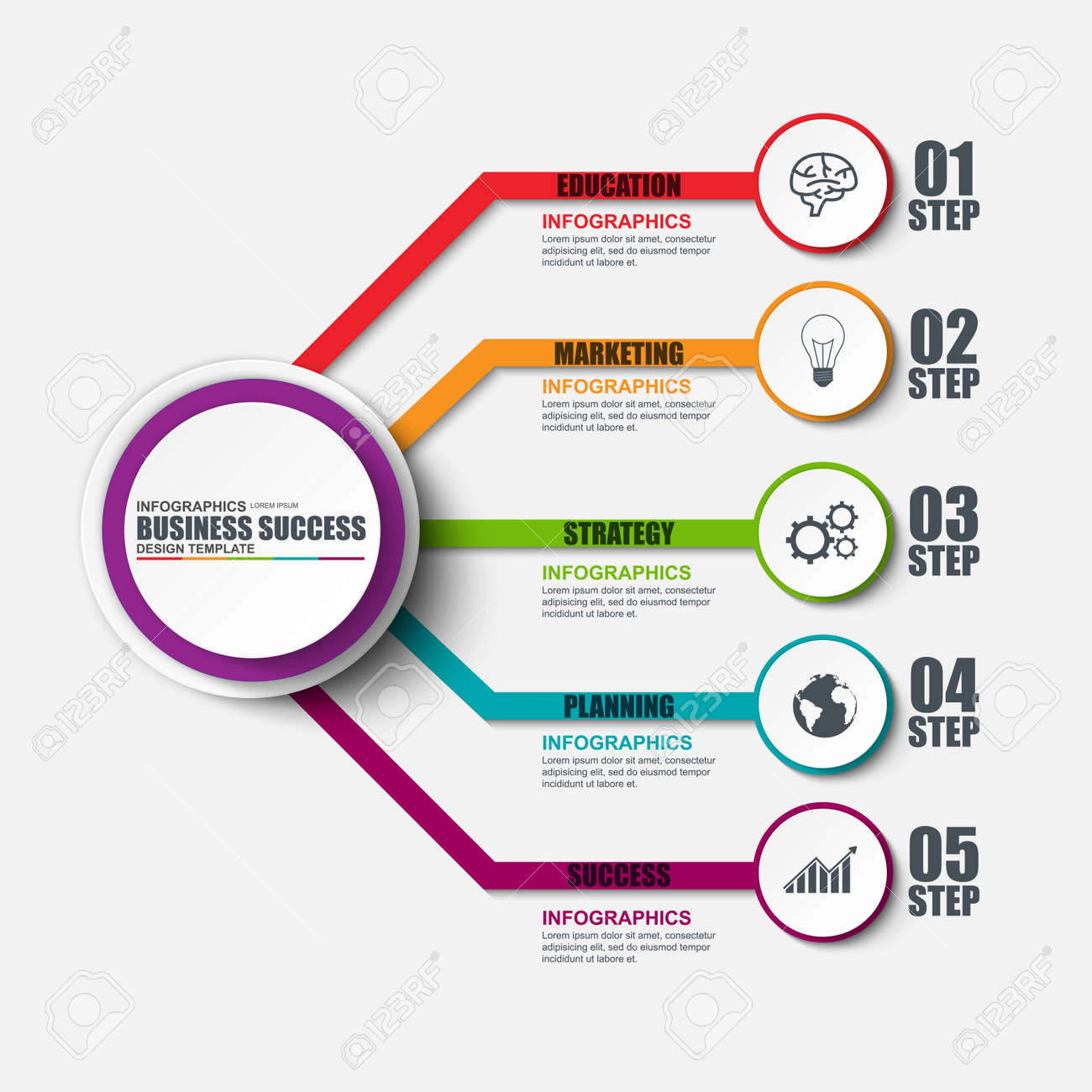Get Ready To Journey With Time And Discover Just How Websites Have Actually Ended Up Being Much More Advanced, User-Friendly, And Visually Stunning
Get Ready To Journey With Time And Discover Just How Websites Have Actually Ended Up Being Much More Advanced, User-Friendly, And Visually Stunning
Blog Article
Composed By-Kahn Dalby
In the past, web sites were easy and focused on information. Navigating was straight, and layout was for desktops. Now, user experience is essential. Data guides designs for very easy navigating. https://www.theamericanreporter.com/advantage-media-partners-surviving-the-outbreak-of-covid-19-and-revolutionizing-the-digital-industry-in-its-darkest-hours/ suit various gadgets. Today, dark setting reduces strain, and minimal menus improve navigating. Interactive functions engage customers, and vibrant visuals stick out. AI assimilation increases interaction. See exactly how layout has actually progressed to boost your on-line trip.
Very Early Days of Web Design
In the early days of web design, simpleness reigned supreme. Web sites were basic, with minimal shades, fonts, and formats. The focus got on offering details instead of flashy visuals. Users accessed the internet through sluggish dial-up links, so speed and capability were key.
Navigating food selections were straightforward, usually situated at the top or side of the web page. Web sites were created for desktop, as mobile browsing had not been yet common. Web content was king, and developers prioritized easy readability over complicated layout components.
HTML was the key coding language utilized, and developers needed to work within its restraints. Computer animations and interactive features were minimal contrasted to today's standards. Websites were static, with little vibrant content or individualized user experiences.
Surge of User-Focused Design
With the development of site design, a change towards user-focused design principles has become significantly prominent. Today, developing web sites that focus on user experience is important for involving site visitors and accomplishing service objectives. User-focused style involves comprehending the demands, choices, and behaviors of your target market to customize the web site's design, content, and includes accordingly.
Designers currently conduct comprehensive research study, such as customer surveys and functionality screening, to collect insights and feedback directly from customers. This data-driven method aids in developing user-friendly navigating, clear calls-to-action, and aesthetically attractive user interfaces that resonate with site visitors. By putting the customer at the facility of the layout procedure, sites can provide an extra personalized and enjoyable experience.
Responsive style has additionally become an essential element of user-focused style, guaranteeing that websites are optimized for various gadgets and display dimensions. This flexibility boosts ease of access and functionality, satisfying the varied ways customers connect with internet sites today. Fundamentally, the surge of user-focused style signifies a change towards producing electronic experiences that focus on the needs and expectations of completion individual.
Modern Trends in Web Design
Discover the current trends shaping website design today. One prominent trend is dark setting layout, using a sleek and modern look while lowering eye pressure in low-light environments. Another crucial fad is minimal navigation, streamlining menus and enhancing customer experience by focusing on essential elements. Including micro-interactions, such as computer animated switches or scrolling impacts, can create a more engaging and interactive site. Responsive style continues to be vital, making certain seamless user experiences throughout various tools. In addition, making use of bold typography and asymmetrical formats can include visual passion and accentuate particular content.
Incorporating AI modern technology, like chatbots for consumer assistance or customized suggestions, enhances user involvement and simplifies procedures. Accessibility has likewise become a considerable trend, with developers focusing on comprehensive style techniques to cater to diverse individual demands. Welcoming https://playstation-news.net/uncategorized/digital-marketing-software-market-major-technology-giants-in-buzz-again-adobe-systems-incorporated-oracle-corporation-ibm-corporation-sap-ag-microsoft-corporationo-inc-salesforce-c/21324/ by optimizing internet site efficiency for rate and efficiency is one more emerging fad in website design. Working together with customer feedback and data analytics to iterate and boost design constantly is vital for remaining pertinent in the ever-evolving digital landscape. By accepting these modern trends, you can create an aesthetically attractive, easy to use web site that reverberates with your target market.
Verdict
As you review the advancement of website style from the very early days to currently, you can see how user-focused layout has actually become the driving force behind modern patterns.
Welcome the trip of modification and adaptation in web design, constantly keeping the user experience at the center.
Keep present with the most recent patterns and modern technologies, and never stop evolving your method to develop aesthetically spectacular and user-friendly web sites.
Progress, adapt, and produce - the future of website design is in your hands.
